I have set the following entry in the urls.py
(r'^password_reset/$', 'django.contrib.auth.views.password_reset'),
but once I go to http://127.0.0.1:8000/password_reset/ I get the error message:
NoReverseMatch at /password_reset/
Reverse for 'django.contrib.auth.views.password_reset_done' with arguments '()' and keyword arguments '{}' not found.
I was expecting password_reset_done view also to be coming out of the box. So what am I supposed to do at this stage?
UPDATE
After trying Blair's solution, I got a step closer.
(r'^password_reset_done/$', 'django.contrib.auth.views.password_reset_done'),
According to the book 'Django 1.0 Website Development', these built-in views should be used out of the box without further hassle. But maybe it has changed since Django 1.0... Would be great if someone could shed light on this. Thanks
